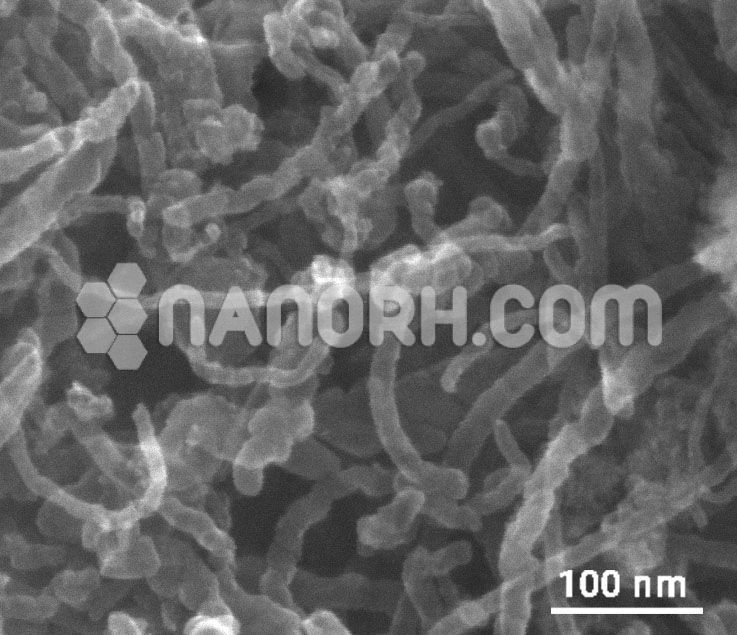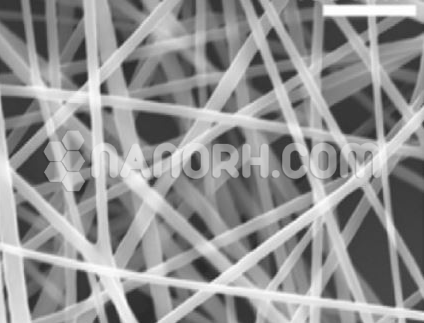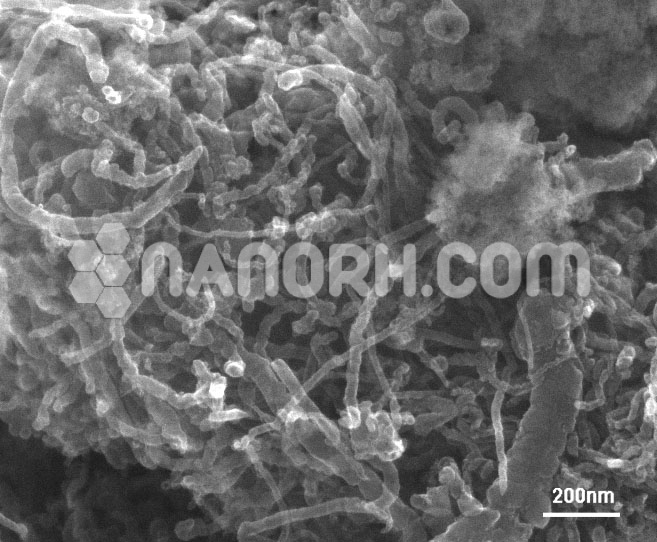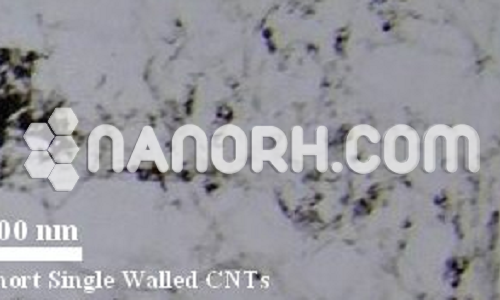| OH Functionalized MWCNTs | |
| Product No | NRE-34012 |
| CAS No. | NA |
| Purity | Carbon nanotubes > 95wt% |
| Average Diameter | 50-80 nm |
| Average Length | 10-20 um (TEM) |
| Special Surface Area(SSA) | >40m2/g(BET) |
| Tap Density | 0.18g/cm3 |
| True Density | 2.1g/cm3 |
| Electric Conductivity | > 100 S/cm |
OH Functionalized MWCNTs
OH-functionalized Multi-Walled Carbon Nanotubes (MWCNTs) are a class of carbon nanotubes where hydroxyl (-OH) groups are chemically attached to the surface of the nanotubes. These hydroxyl groups modify the surface chemistry of the MWCNTs, enhancing their interactions with other materials and improving their dispersion and reactivity in various applications.
Multi-Walled Carbon Nanotubes (MWCNTs) themselves are cylindrical nanostructures made of multiple concentric layers of graphene sheets. These layers are rolled into tubes, and the overall structure can be several micrometers in length with diameters typically ranging from 1 to 100 nanometers. MWCNTs exhibit exceptional properties such as high mechanical strength, excellent electrical conductivity, remarkable thermal conductivity, and a large surface area, making them highly sought after for a range of industrial, technological, and scientific applications.
However, the hydrophobic nature of pure MWCNTs often limits their application in water-based environments or their compatibility with certain materials, particularly biological systems and polymers. .
The functionalization process typically involves oxidative treatment, which introduces hydroxyl (-OH) and often carboxyl (-COOH) or carbonyl (-C=O) groups on the surface of the nanotubes. This treatment enhances the nanotubes’ dispersion in aqueous solutions, increases their surface reactivity, and facilitates further functionalization with other molecules, making OH-functionalized MWCNTs more versatile in diverse applications.
Properties of OH-Functionalized MWCNTs:
Increased Hydrophilicity: The introduction of -OH groups makes MWCNTs more compatible with water-based systems and improves their dispersion in aqueous environments, which is essential for biomedical and environmental applications.
Enhanced Surface Reactivity: The -OH groups provide additional reactive sites on the surface of MWCNTs, making them more amenable to further functionalization with other molecules, such as drugs, proteins, and metal nanoparticles.
Better Dispersion: The surface chemistry of OH-functionalized MWCNTs allows them to disperse more evenly in polymers, composites, and biological media, leading to more uniform properties in the final materials.




